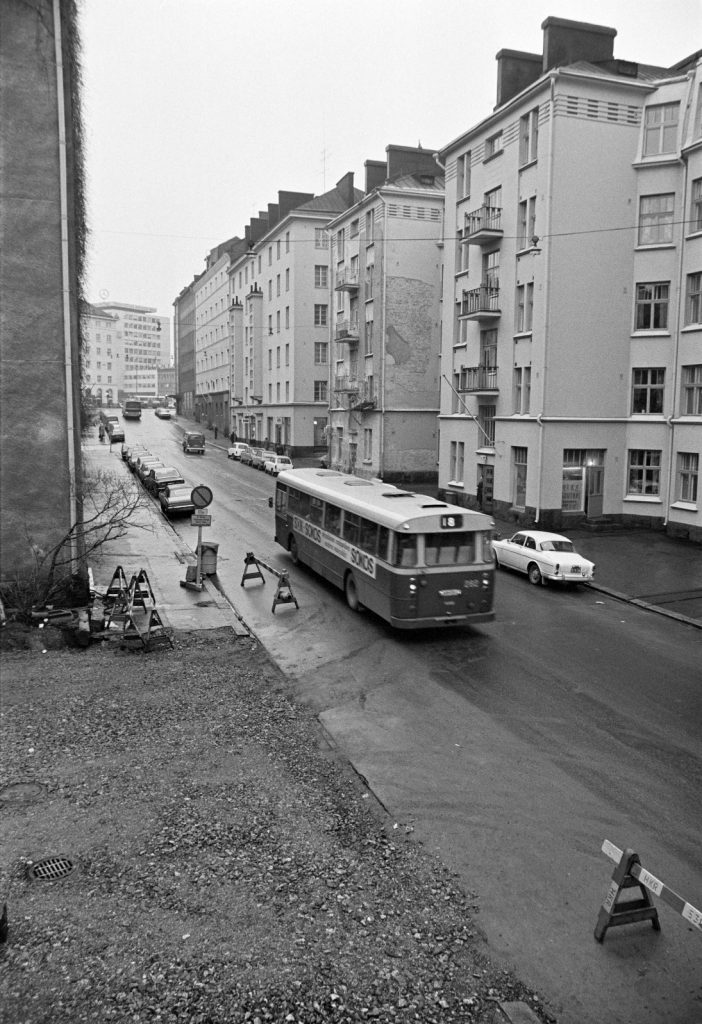Cooperative House-Building Practices in the Aftermath of WWII

Juhana Heikonen (Aalto University – Finland) The Finnish Limited Liability Housing Companies Act in Helsinki and Affordable Housing for the New Urban Working Classes
The Finnish "Asunto-osakeyhtiö" is a similar housing arrangement to various condominium, Wohnungseigentürmergemeinschaft, etc. However, since the Finnish arrangement is legally a joint stock company, and thus, it is a part of the law regulating any joint stock companies owned by its shareholders, this makes the history of mass housing in Finland slightly different to the rest of Europe. In practice this means jointly shared real estate is built, traded, and administered as a joint stock company (further on housing company).
The history of this arrangement starts from the 19th century but was regularized into a sub-law in 1926. This occurs at the same time when Finland started to urbanize, and the housing shortage was dire. The law had two implications: first it enabled the homeowner to borrow money against the stock and secondly, it abled the company itself to borrow money from the banks. Thus, the banks were able to lend offshore, which was crucial for the Grand Duchy of Finland (independent 1917) short of capital. Founding a company was surprisingly effective way to battle the housing shortage and it was also favored by the mainly social democratic cooperatives which functioned as umbrellas to their members.
The founders of these companies were varied: municipalities, religious organizations, property developers, banks, cooperatives, and professional groups. The latter could be anything from university professors to railroad workers. Before WW2 the state, or any other official, did not finance these building projects. What is interesting is how these various socio-economic groups financed, planned and executed their building programs.
After WW2 11% of the population had to be re-housed due to the land concessions to Soviet Union (1944). This was done by land collectivization and mainly with new single family wooden type houses that were mostly self-built outside the cities. Due to the protests of the bigger cities a new re-housing law (1949) was given to also fund these housing companies and their new shareholders (hard hit by the war and with no capital). This caused almost overnight newspaper advertisements to call up for meetings to set up new housing companies for housing. Due to the self-organizing nature of these companies, they proved again to be very successful.
November 3, 2021 – 5 pm CET (Link)

